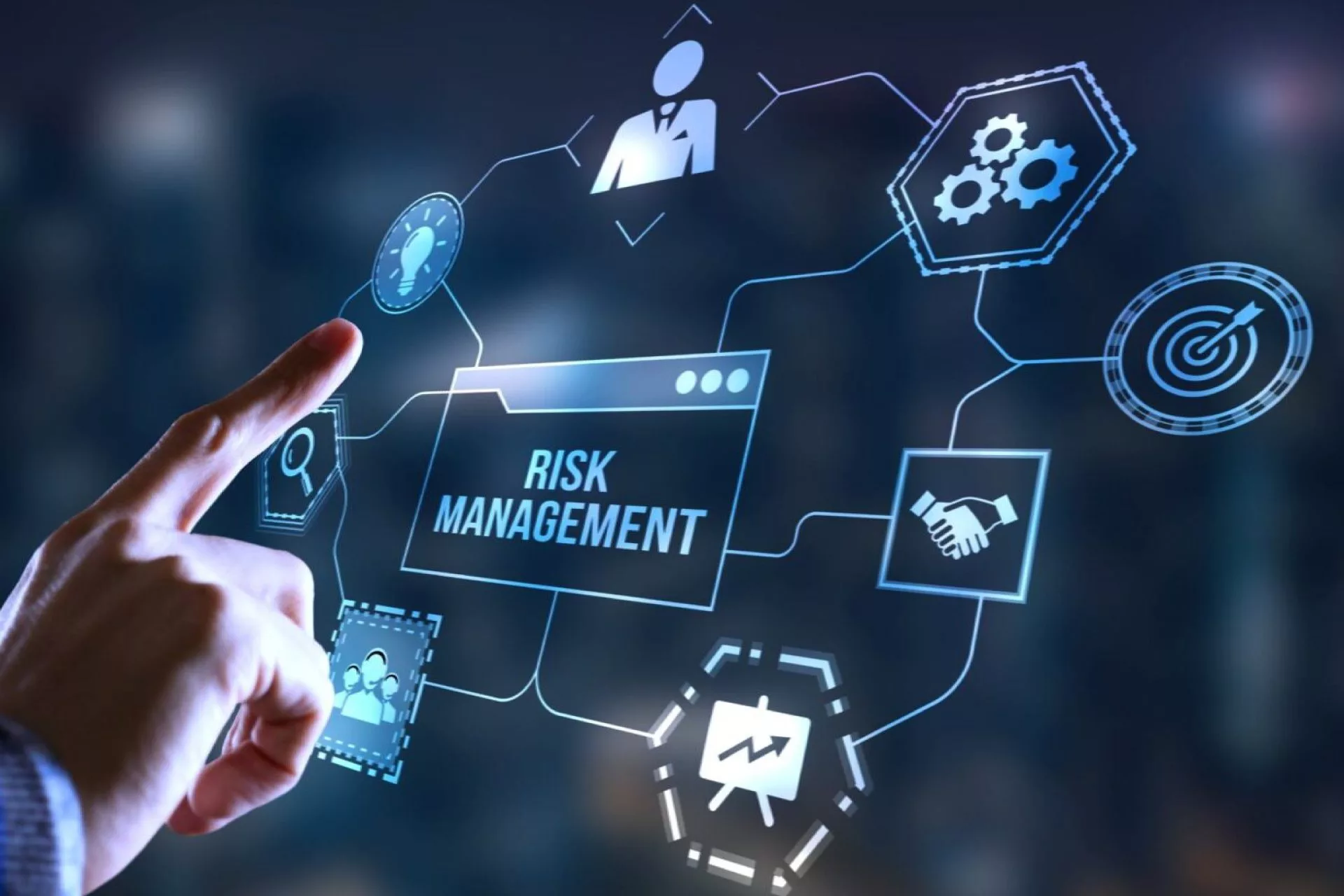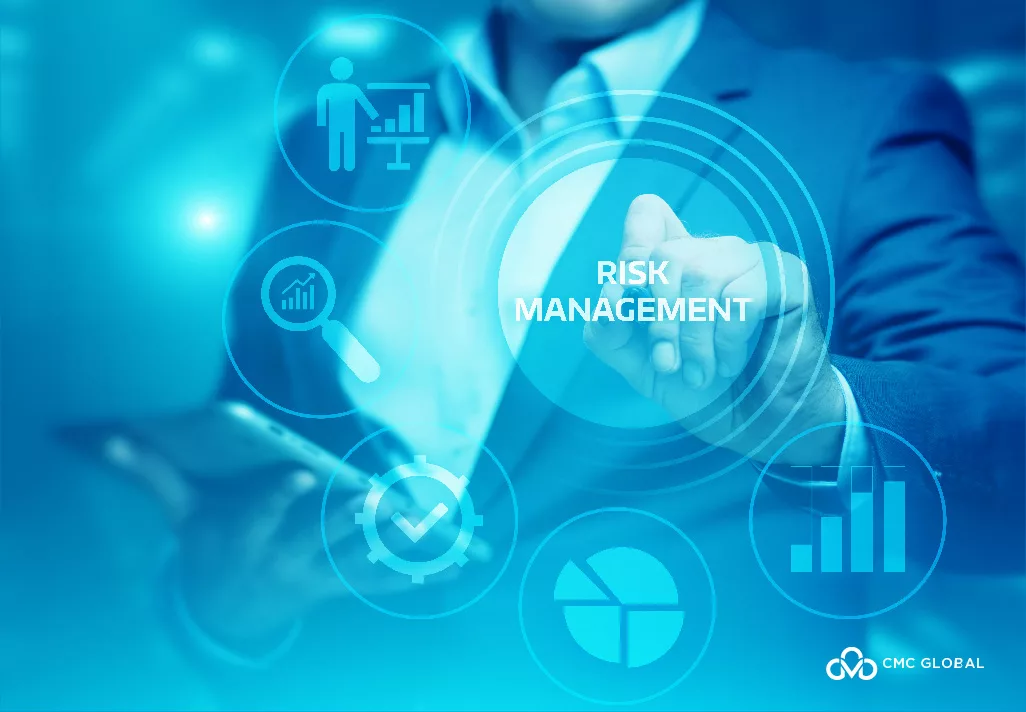In this blog, we will explore the importance of risk management in software engineering and discuss best practices to manage risks and achieve successful software development projects effectively.
What is risk management in software engineering?

Risk management in software engineering is the process of identifying, assessing, mitigating, and monitoring potential risks or uncertainties that could impact the successful completion or quality of a software development project. It involves systematically identifying potential risks, evaluating their likelihood and impact, and taking proactive measures to minimize their negative effects.
Why is Risk Management Important in Software Engineering?
Risk management is a critical aspect of software engineering as it helps mitigate potential risks that can impact project success. Here are some key reasons why risk management is important in software engineering:
Minimizes Project Failures
Software development projects are complex and involve various uncertainties. Risks can arise from technical, organizational, and external factors, and if not managed effectively, they can lead to project failures. Risk management helps in identifying potential risks early in the project lifecycle and taking appropriate actions to minimize their impact or likelihood of occurrence, reducing the risk of project failures.
Enhances Project Planning
Risks can impact project timelines, budgets, and resources. By identifying and assessing risks early in the project lifecycle, software engineering teams can make informed decisions during project planning. This includes setting realistic project timelines, allocating appropriate resources, and defining contingency plans to manage potential risks effectively, ensuring smooth project execution.
Improves Decision Making
Risk management provides valuable insights into potential risks and their potential impact on the project. This helps software engineering teams make informed decisions about project priorities, resource allocation, and risk mitigation strategies. It ensures that project decisions are based on data and analysis rather than assumptions, leading to better project outcomes.
Enhances Quality and Security

Risks can impact the quality and security of software products. By proactively identifying and mitigating risks, software engineering teams can ensure that quality and security requirements are met throughout the software development lifecycle. This includes conducting thorough testing, security audits, and code reviews to identify and fix potential issues early, reducing the likelihood of defects and vulnerabilities in the final software product.
Protects Stakeholder Interests
Software development projects involve various stakeholders, including customers, users, sponsors, and investors. Risks can impact stakeholder interests, including financial investments, brand reputation, and customer satisfaction. Risk management helps protect stakeholder interests by minimizing potential risks and ensuring project success.
Best Practices for Risk Management in Software Engineering
The potential impact of risks or developing contingency plans to address them if they occur. Risk mitigation strategies should be well-defined, documented, and communicated to all relevant stakeholders. It is important to involve all key stakeholders, including team members, customers, sponsors, and other relevant parties, in developing risk mitigation strategies to ensure that all perspectives are considered.
Monitor and Track Risks
Risk management is an ongoing process and requires continuous monitoring and tracking of identified risks. Risks can evolve or new risks can arise during the course of a software development project. Regular review and updates of risks are necessary to ensure that risk mitigation strategies are effective and appropriate. Risk tracking tools, risk registers, or other risk management software can be used to monitor and track risks throughout the project lifecycle.
Communicate and Collaborate
Effective communication and collaboration among team members and stakeholders are crucial for successful risk management in software engineering. Risks should be communicated transparently to all relevant parties, and any changes or updates in risk assessment or risk mitigation strategies should be promptly communicated. Collaboration among team members, including developers, testers, project managers, and other stakeholders, is essential to ensure that risks are properly managed and mitigated.
Foster a Risk-Aware Culture
Risk management should be ingrained in the culture of software engineering teams. All team members should be encouraged to actively identify, assess, and report risks throughout the project lifecycle. A culture that promotes open communication and transparency about risks helps in proactively managing risks and addressing them before they become critical issues. Team members should also be trained on risk management best practices and tools to ensure that they have the necessary skills and knowledge to manage risks effectively.
Plan for Contingency
Despite the best risk management efforts, risks can still occur. It is important to have contingency plans in place to address unforeseen risks that may arise during the project. Contingency plans should outline the steps to be taken in case a risk occurs, including alternative approaches, resource allocation, and escalation procedures. Having well-defined contingency plans ensures that teams are prepared to respond to risks in a timely and effective manner, minimizing their impact on the project.
Learn from Past Projects
Risk management is an iterative process, and teams can learn from past projects to improve risk management in future projects. Conducting post-project reviews and analyzing historical project data helps identify patterns and trends related to risks and their impact on project outcomes. Lessons learned from past projects can be incorporated into risk management practices to improve risk identification, assessment, and mitigation strategies continuously.
Utilize Risk Management Tools and Techniques
There are several tools and techniques available for effective risk management in software engineering. These include risk assessment techniques such as SWOT analysis, fault tree analysis, or probabilistic risk assessment. Risk tracking tools, risk registers, and risk management software can also be utilized to monitor and manage risks throughout the project lifecycle effectively. Utilizing appropriate risk management tools and techniques can streamline the risk management process and ensure that risks are properly identified, assessed, and mitigated.
Conclusion
Risk management is a crucial aspect of software engineering and plays a significant role in ensuring successful project delivery. By proactively identifying, assessing, and mitigating risks, software engineering teams can minimize project failures, enhance project planning, improve decision-making, enhance quality and security, and protect stakeholder interests.





